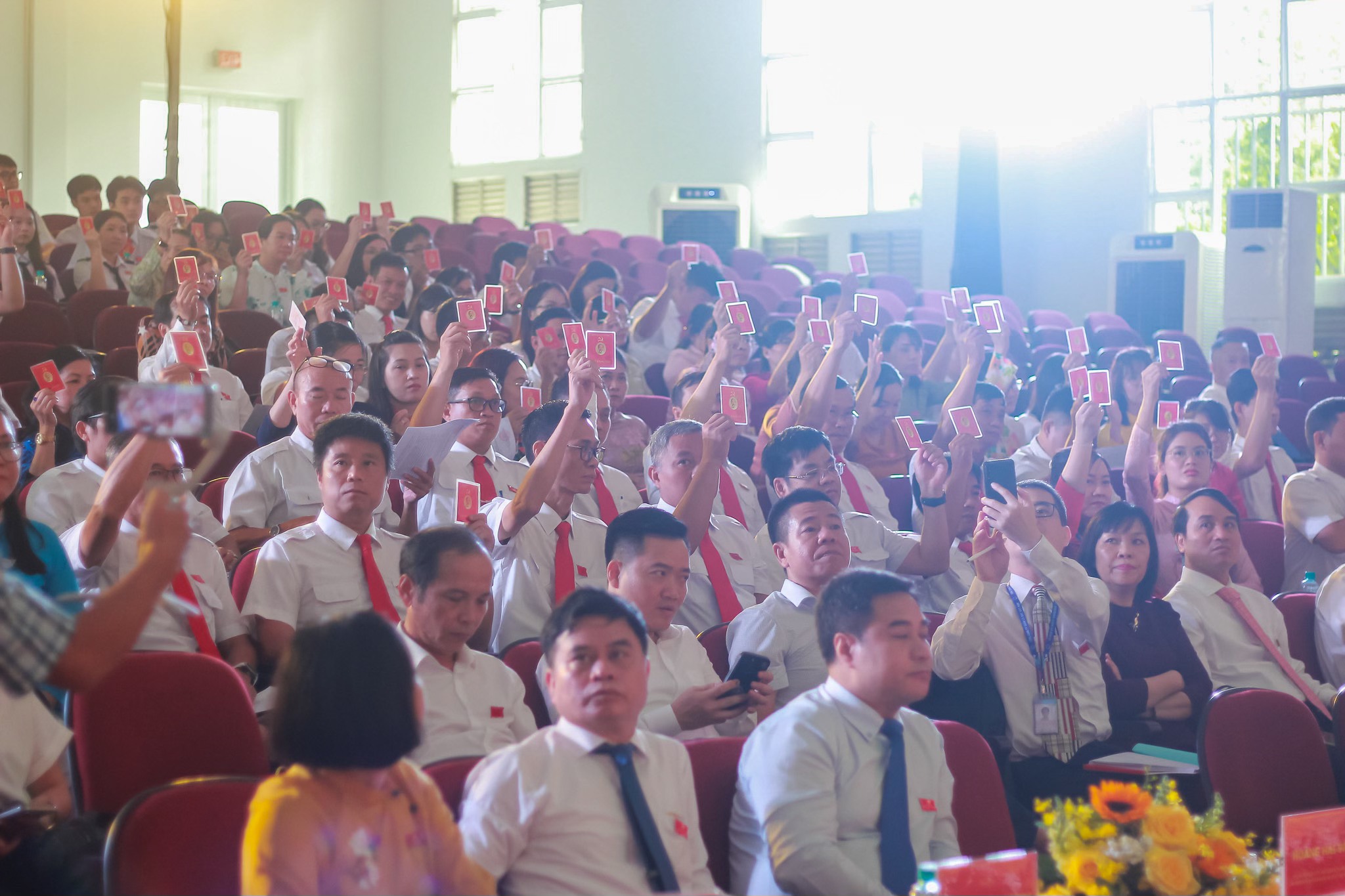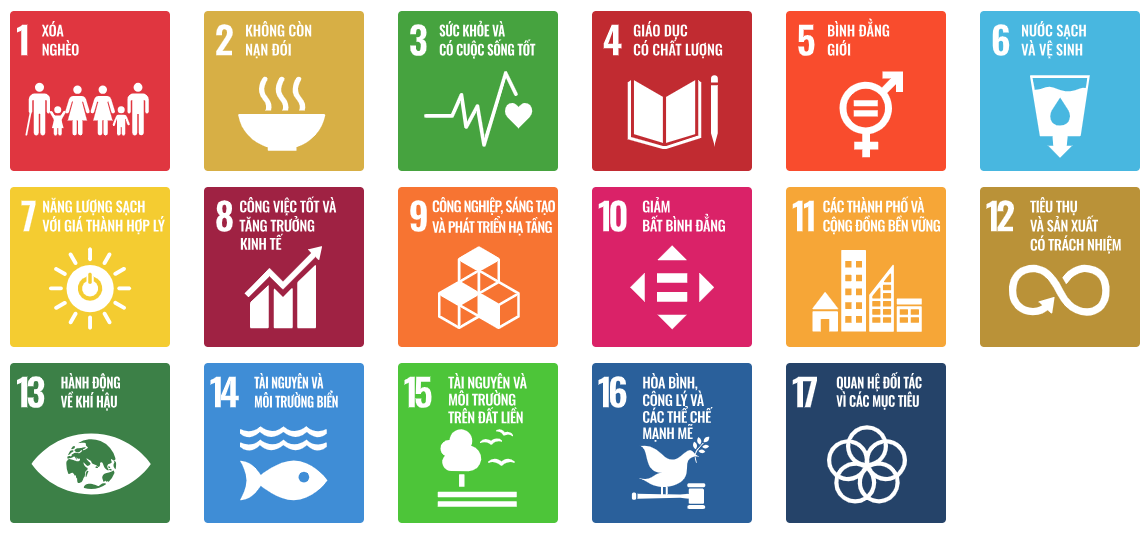
17 Sustainable Development Goals
- The United Nations and its partners in Viet Nam are working to achieve the Sustainable Development Goals: 17 interconnected and ambitious Goals that address the major development challenges facing the people of Viet Nam and around the world.
- The Sustainable Development Goals in Viet Nam: The Sustainable Development Goals are a global call to action to end poverty, protect the environment and climate, and ensure that people everywhere can enjoy peace and prosperity. These are the goals that the United Nations is working on in Viet Nam.
- The 17 Sustainable Development Goals (SDGs) are part of the United Nations 2030 Agenda, which aims to promote a sustainable and equitable future for communities. These goals were adopted in 2015, with the aim of reducing poverty, protecting the planet, and ensuring prosperity for all.
- VAA is determined to pursue the principle of sustainable development throughout nearly 50 years of formation and development.
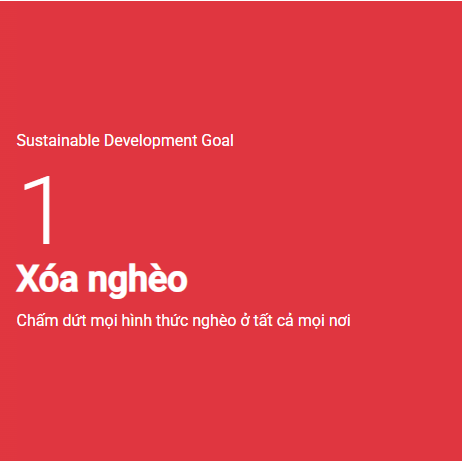
1. Goal 1: End poverty in all its forms everywhere
- Meaning: End extreme poverty (living on less than $2.15 a day) and halve the proportion of people living in poverty according to national definitions.
- Key aspects: Ensure that all people, especially the poor and vulnerable, have equal access to economic resources, basic services, land and property rights, new technologies and microfinance services. Build the resilience of the poor to economic, social, environmental and natural shocks.
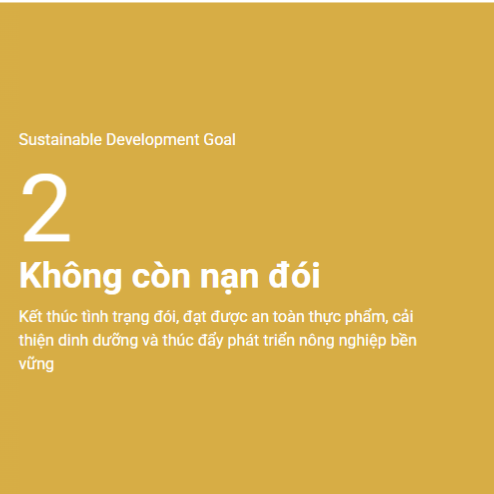
2. Goal 2: End hunger, achieve food security and improved nutrition and promote sustainable agriculture
- Meaning: End hunger and ensure that all people, especially the poor and children, have access to safe, nutritious food all year round.
- Key aspects: Improve nutrition, especially reducing stunting and underweight in children. Double the productivity and income of small-scale food producers. Ensure sustainable food production systems and the resilience of agro-ecosystems, conserving the genetic diversity of seeds, crops and livestock.
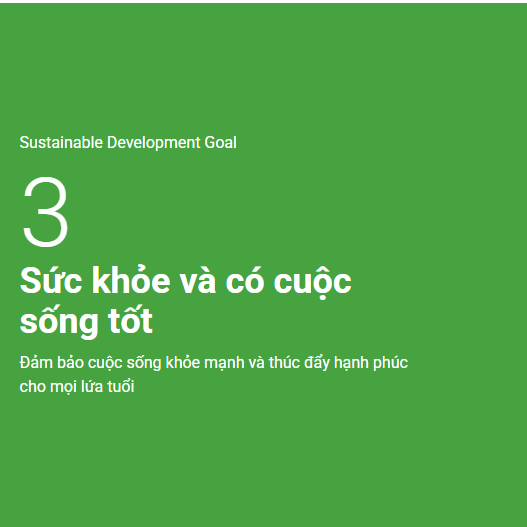
3. Goal 3: Ensure healthy lives and promote well-being for all at all ages (Good Health and Well-being)
- Meaning: Significantly reduce maternal and child mortality and end major epidemics.
- Key aspects: Reduce premature mortality from non-communicable diseases through prevention and treatment. Strengthen prevention and treatment of substance abuse. Ensure universal access to sexual and reproductive health services. Achieve universal health coverage, including financial risk protection, access to quality essential health services and safe, effective and affordable medicines and vaccines for all.
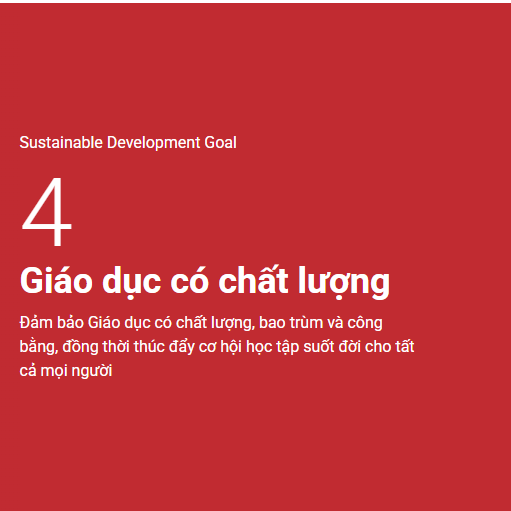
4. Goal 4: Ensure inclusive and equitable quality education and promote lifelong learning opportunities for all (Quality Education)
- Meaning: Ensure that all girls and boys complete free, equitable and quality primary and secondary education.
- Key aspects: Ensure all children have access to quality early childhood education. Ensure all boys and girls have access to quality and affordable technical, vocational and tertiary education. Increase the number of young people and adults with the right skills for stable, decent work and entrepreneurship. Ensure all learners acquire the knowledge and skills needed to promote sustainable development.
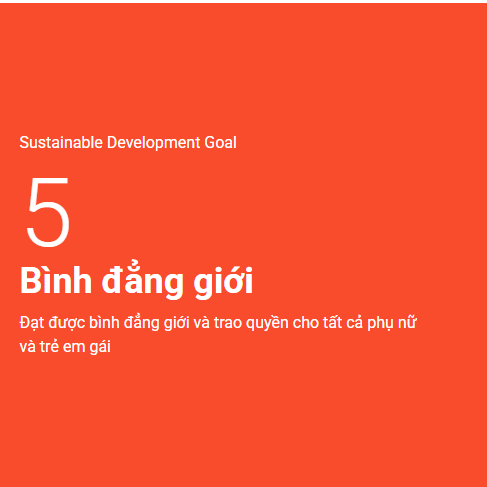
5. Goal 5: Achieve gender equality and empower all women and girls (Gender Equality)
- Meaning: End all forms of discrimination and violence against women and girls.
- Key aspects: Eliminate all forms of violence against women and girls in public and private spaces, including trafficking and sexual exploitation. Eliminate all harmful practices such as child marriage and female genital mutilation. Recognize and value unpaid care and domestic work. Ensure women’s full and equal participation in leadership positions at all levels of decision-making.
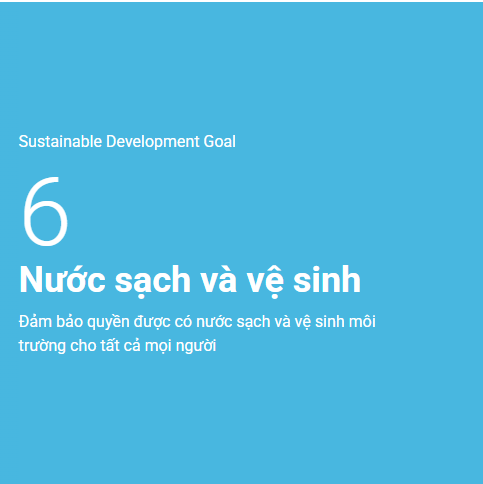
6. Goal 6: Ensure availability and sustainable management of water and sanitation for all (Clean Water and Sanitation)
- Meaning: Ensure universal and equitable access to safe, affordable drinking water for all.
- Key aspects: Ensure adequate and equitable access to sanitation and hygiene for all, ending open defecation. Improve water quality by reducing pollution, eliminating dumping, minimizing releases of chemicals and hazardous materials. Significantly increase water use efficiency in all sectors.
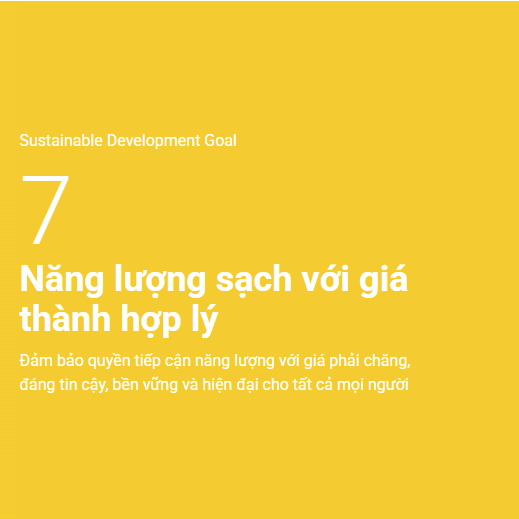
7. Goal 7: Ensure access to sustainable, reliable, affordable and modern energy for all (Affordable and Clean Energy)
- Meaning: Ensure universal access to modern, reliable and affordable energy services.
- Key aspects: Significantly increase the share of renewable energy in the global energy mix. Double the rate of improvement in global energy efficiency. Enhance international cooperation to access clean energy research and technology.
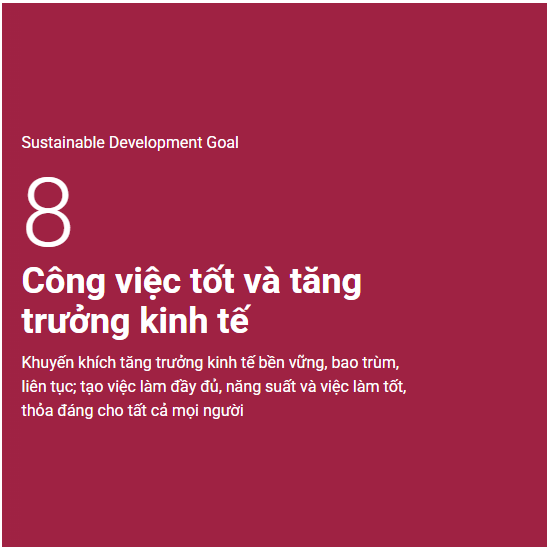
8. Goal 8: Promote sustained, inclusive and sustainable economic growth, full and productive employment and decent work for all (Decent Work and Economic Growth)
- Meaning: Sustain per capita economic growth appropriate to national circumstances and, in particular, at least 7% annual growth in gross domestic product in least developed countries.
- Key aspects: Achieve higher levels of economic productivity through diversification, technological upgrading and innovation. Promote development-oriented policies that support productive activities, decent employment, entrepreneurship, innovation and the growth of micro, small and medium-sized enterprises. Significantly reduce the proportion of youth who are not in employment, education or training.
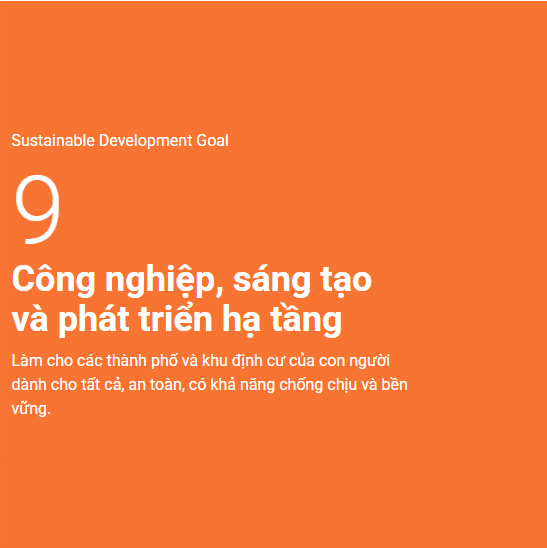
9. Goal 9: Build resilient infrastructure, promote sustainable and inclusive industrialization, and foster innovation (Industry, Innovation and Infrastructure)
- Meaning: Develop quality, reliable, sustainable and resilient infrastructure, including regional and cross-border infrastructure, to support economic development and human well-being, with a focus on equitable and affordable access for all.
- Key aspects: Promote inclusive and sustainable industrialization, significantly increasing the contribution of industry to employment and GDP. Upgrade infrastructure and retool industry to make it sustainable, with greater resource efficiency and adoption of clean and environmentally friendly industrial technologies and processes.
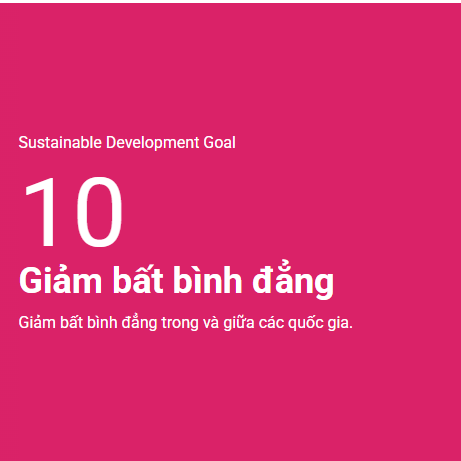
10. Goal 10: Reduced Inequalities within and among countries
- Meaning: Achieve and sustain income growth of the poorest 40% of the population at a rate higher than the national average.
- Key aspects: Ensure social, economic and political inclusion for all, regardless of age, gender, disability, race, ethnicity, origin, religion or economic or other status. Apply fiscal, wage and social protection policies, and gradually achieve greater equality.
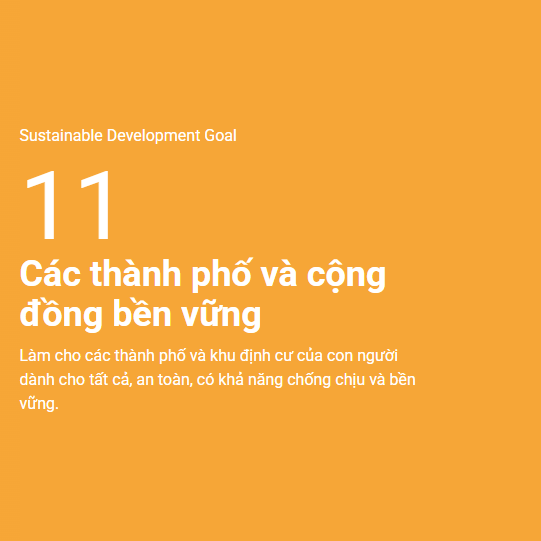
11. Goal 11: Make cities and human settlements inclusive, safe, resilient and sustainable
- Meaning: Ensure access to safe, affordable housing and basic services for all.
- Key aspects: Improve urban mobility, especially expanding public transport, with special attention to the needs of vulnerable people. Promote inclusive and sustainable urbanisation. Reduce the negative environmental impact per capita of cities, with special attention to air quality and the management of urban and other waste.
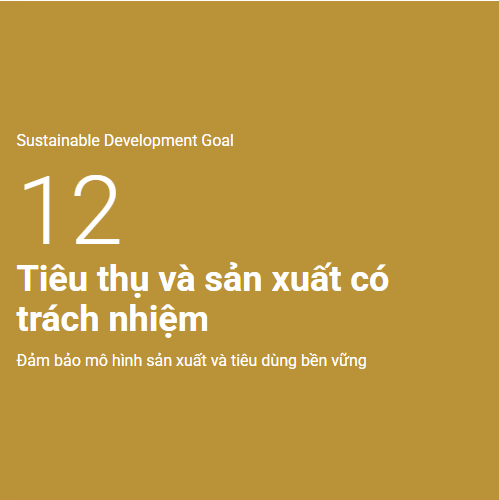
12. Goal 12: Ensure sustainable consumption and production patterns
- Meaning: Implement the 10-year Framework for Sustainable Consumption and Production.
- Key aspects: Achieve sustainable management and efficient use of natural resources. Halve global food waste per capita at the retail and consumer levels. Significantly reduce waste emissions to air, water and land to minimize their negative impacts on human health and the environment.
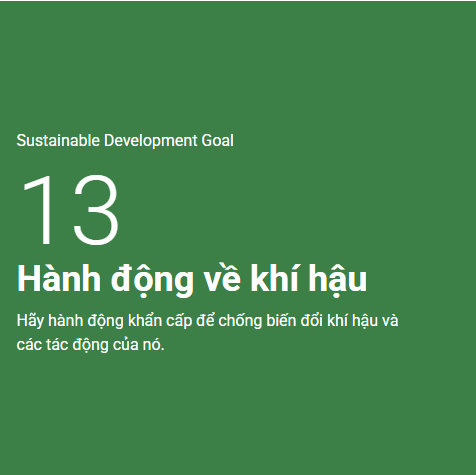
13. Goal 13: Take urgent action to combat climate change and its impacts (Climate Action)
- Meaning: Strengthening resilience and adaptation to climate-related hazards and natural disasters in all countries.
- Key aspects: Integrating climate change measures into national policies, strategies and plans. Improving education, awareness raising and human and institutional capacity on climate change mitigation, adaptation, impact reduction and early warning.
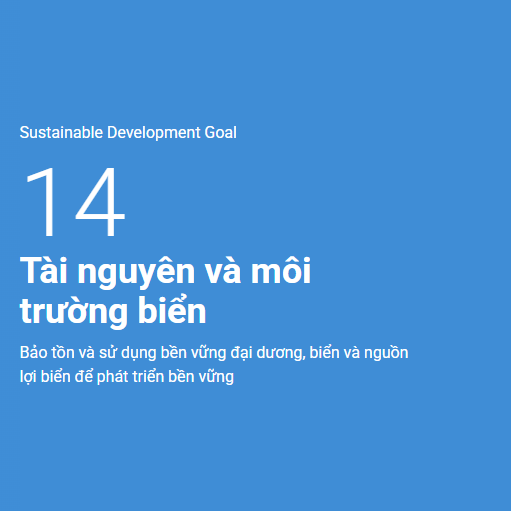
14. Goal 14: Conserve and sustainably use the oceans, seas and marine resources for sustainable development (Life Below Water)
- Meaning: Prevent and significantly reduce marine pollution in all its forms, in particular from land-based activities, including marine litter and nutrient pollution.
- Key aspects: Sustainably manage and protect marine and coastal ecosystems to avoid significant adverse impacts. Minimize and address the impacts of ocean acidification. End overfishing and illegal, unreported and unregulated fishing.
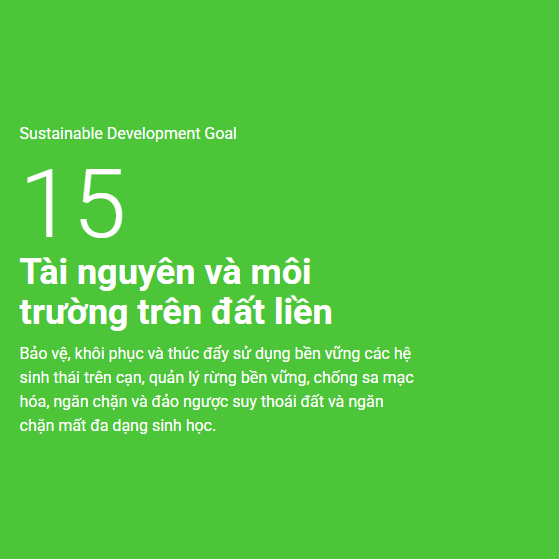
15. Goal 15: Protect, restore and promote sustainable use of terrestrial ecosystems, sustainably manage forests, combat desertification, halt and reverse land degradation and halt biodiversity loss (Life on Land)
- Meaning: Ensure the conservation, restoration and sustainable use of terrestrial and inland freshwater ecosystems.
- Key aspects: Promote sustainable management of all types of forests, halt deforestation, restore degraded forests and significantly increase forest areas. Combat desertification, restore degraded lands and soils, including lands affected by desertification, drought and floods. Stop the degradation of natural habitats, prevent the extinction of threatened species.
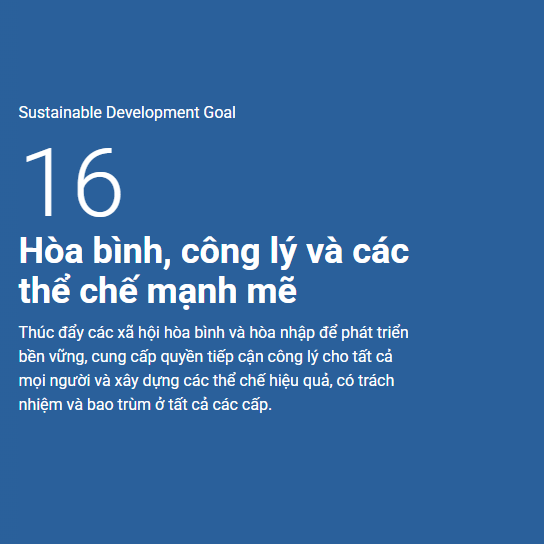
16. Goal 16: Promote peaceful and inclusive societies for sustainable development, provide access to justice for all and build effective, accountable and inclusive institutions at all levels (Peace, Justice and Strong Institutions)
- Meaning: Significantly reduce all forms of violence and related deaths everywhere.
- Key aspects: End the abuse, exploitation, trafficking and all forms of violence and torture of children. Significantly reduce illicit financial and arms flows, and enhance the recovery and return of stolen assets. Promote the rule of law at the national and international levels and ensure equal access to justice for all.
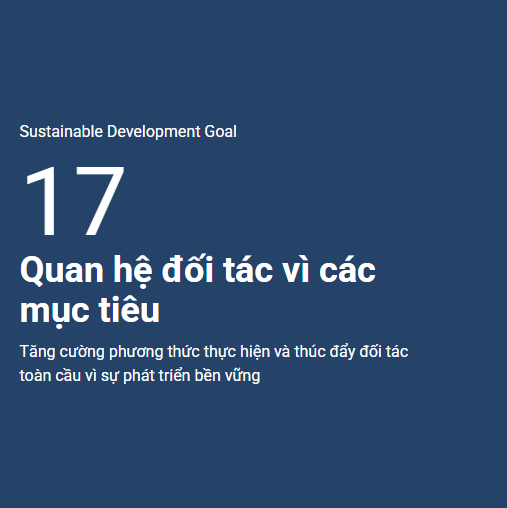
17. Goal 17: Strengthen the means of implementation and revitalize the global partnership for sustainable development (Partnerships for the Goals)
- Meaning: Enhance the mobilization of financial resources from a variety of sources, including official development assistance.
- Key aspects: Assist developing countries in achieving long-term debt sustainability through coordinated policies to promote debt finance, debt relief or debt restructuring. Enhance North-South, South-South and triangular cooperation in science, technology and innovation. Enhance international cooperation in supporting effective and targeted capacity building in developing countries to support the implementation of all Sustainable Development Goals.
